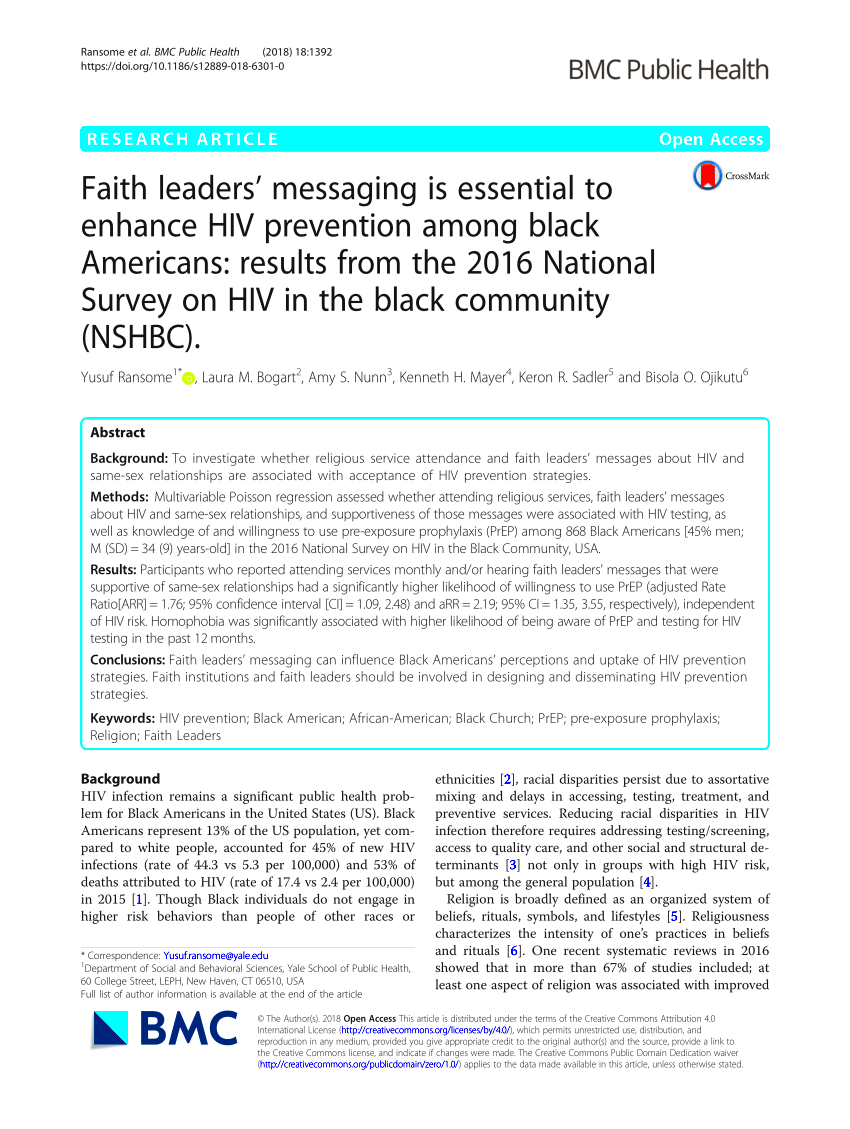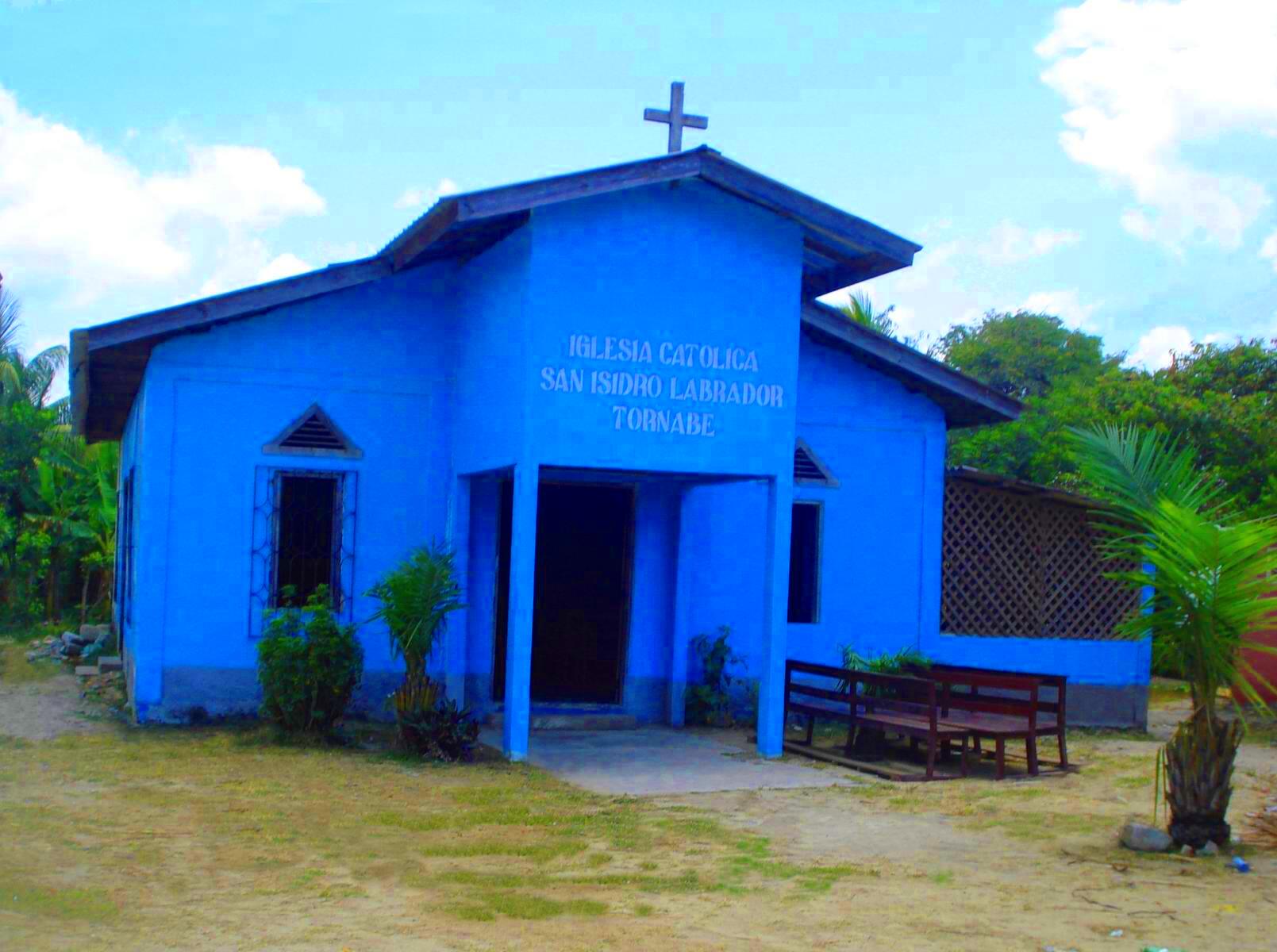HIV discernment and preventive efforts have largely benefited from faith-based organizations (FBOs). Their good relationships with the community enable them serve all including the marginalized. The FBOs provide HIV support, HIV training and anti-stigma material through various programs to break the barriers.
They have an important role to play in:- Raising awareness about HIV prevention and treatment options.
- Providing emotional and spiritual support to those affected.
- Encouraging testing and access to healthcare services.
- Creating a safe space for discussions about sexual health.
Importance of Visual Communication in Health Campaigns

Communicating through visuals can be a very effective method in health-related campaigns, particularly when discussing touchy issues like HIV. Visual materials have the ability to transmit messages where linguistic expressions usually fail. They can bring out feelings, enhance understanding, and stimulate informally desired behavior.
Here are some important points about why visual communication is necessary for effective communication:- Engagement: Visuals capture attention and keep audiences engaged.
- Clarity: Images can simplify complex information, making it more digestible.
- Impact: Compelling visuals can leave a lasting impression, influencing behavior change.
- Relatability: Authentic images can help individuals see themselves in the message being conveyed.
How Faith-Based Organizations Use Powerful Imagery to Educate Communities

Faith based organizations have understandings of visuals that break the ground in HIV message delivery to communities. For example, these
images can be pictures that their audiences can relate to based on the joys and sorrows of life.
Here are a few strategies that can be used:- Storytelling: Using images that tell personal stories helps humanize the issue of HIV.
- Awareness Campaigns: FBOs create posters, flyers, and social media content that highlight the importance of HIV testing and prevention.
- Workshops and Events: Visual aids during educational sessions help illustrate key points and keep participants engaged.
- Community Murals: Many organizations create murals that convey messages of hope and support for those affected by HIV.
The use of strong and relatable
images by faith-based organizations can help in bridging the gap between information and comprehension, thus encouraging a conducive space for discussions on HIV.
Success Stories of Faith-Based Organizations in HIV Prevention
In HIV prevention, faith-based organizations (FBOs) have made remarkable progress and often act as a lifeline for those facing HIV/AIDS. This is due to their solid community connections and reliable partnerships which give them the ability to conduct programs that not only inform but also enable people. Through different activities some of these FBOs have changed people’s lives and created better public health.
Such success tales that inspire are as follows:- Testing Drives: Many FBOs organize regular HIV testing events, significantly increasing the number of individuals tested in their communities. These events often provide free testing and immediate counseling, helping to reduce stigma.
- Support Groups: Faith-based organizations create safe spaces for individuals living with HIV to share their experiences and support one another. These groups help combat isolation and build community resilience.
- Education Campaigns: Organizations like the African American Faith-Based Coalition for HIV/AIDS have successfully increased awareness through workshops, seminars, and engaging visual materials.
- Partnerships with Health Agencies: Collaborating with local health departments, FBOs can offer comprehensive care that includes medical referrals and follow-up support.
Challenges Faced by Faith-Based Organizations in Addressing HIV
Although faith-based organizations have achieved some milestones, dealing with HIV is fraught with different challenges for them. These factors may act as hindrances at times and thus render their contributions ineffective.
Some prevalent obstacles consist of:- Stigma and Discrimination: Many individuals still face stigma associated with HIV, which can deter them from seeking help or participating in community programs.
- Lack of Funding: Many FBOs operate on limited budgets, which can restrict their outreach and educational initiatives.
- Resistance to Discuss Sexual Health: Some faith communities may struggle to address sexual health topics openly, limiting the effectiveness of prevention messages.
- Staff Training: It can be challenging to ensure that staff and volunteers are adequately trained to address HIV-related issues sensitively and knowledgeably.
The Impact of Community Engagement Through Images
In its efforts to raise HIV awareness, religious organizations are powerfully engaging their communities through visual content. When someone sees an image, it speaks to them on a personal level and makes abstract issues more tangible and understandable.
The images involved in community engagement can have a variety of benefits:- Enhanced Understanding: Images help break down barriers, allowing individuals to grasp the importance of HIV prevention more clearly.
- Fostering Empathy: Visual storytelling can evoke empathy, prompting community members to support one another.
- Encouraging Action: Compelling images can motivate individuals to participate in testing and prevention initiatives.
- Building Community Identity: Shared imagery can strengthen community identity, fostering a collective approach to addressing HIV.
Faith-based organizations can use visual communication to create a stronger impact, inspire positive change and talk openly about HIV in their societies.
Ways to Support Faith-Based Initiatives in HIV Awareness
This virus can be fought against when faith-based initiatives in HIV awareness are supported. While a number of organizations are making progress, they need more community support so that their efforts can be enhanced. If you belong to a faith-based community or want to help in any way, there are several ways you can offer your assistance and do good.
It is thereby that the advance plans can be supported in these ways:- Volunteer Your Time: Many FBOs rely on volunteers for their programs. Whether it's helping at events, organizing community outreach, or offering administrative support, every bit of help counts.
- Donations: Financial contributions, no matter the size, can help these organizations fund their educational materials, testing events, and support services. Consider making a one-time donation or setting up a recurring contribution.
- Spread the Word: Use your voice to raise awareness about the initiatives and events happening in your community. Share information on social media or within your local networks to help reach a broader audience.
- Attend Events: Participating in workshops, seminars, or community gatherings shows your support and helps build a stronger community around HIV awareness.
- Advocate for Change: Engage with local leaders to promote policies that support HIV prevention and treatment efforts. Your advocacy can help bring more resources to faith-based organizations.
Frequently Asked Questions About Faith-Based Organizations and HIV
If you want to get into the understanding of how faith-based organizations (FBOs) contribute to HIV awareness, you need to know this: one must ask these questions below:
What are faith-based organizations?
- FBOs are groups that are rooted in a particular faith or religious belief and often engage in community service, including health initiatives.
How do FBOs help with HIV prevention?
- They provide education, testing, and emotional support, often addressing the stigma surrounding HIV in their communities.
Can I volunteer with an FBO focused on HIV?
- Yes! Many organizations welcome volunteers for various roles, from event planning to educational outreach.
Are these organizations only for religious individuals?
- No, many FBOs welcome everyone, regardless of their faith background, as long as they share the commitment to supporting the cause.
How can I find an FBO in my area?
- You can start by searching online or asking local health departments for recommendations. Many community centers also have information on local FBOs focused on health initiatives.
Conclusion on the Influence of Images in HIV Awareness Campaigns
In HIV awareness campaigns, the use of
images is simply not about their good looks, they communicate messages quite well. They elicit emotions, narrate stories and spur people into action better than mere verbal communication does. Therefore, faith-based organizations must effectively utilize this outcome to reach their societies.
To end with, these campaigns can be influenced by the images as follows:- Enhance Messaging: Well-chosen visuals can clarify complex topics and make important messages resonate with audiences.
- Build Trust: Authentic imagery that reflects the community fosters trust and encourages open conversations about HIV.
- Drive Engagement: Engaging visuals capture attention and motivate individuals to learn more, get tested, and seek support.
In the ongoing struggle against HIV it remains imperative that religious institutions make use of imagery in their fight against the disease for better inclusiveness, comprehension and supportiveness in society at large. .
 Communicating through visuals can be a very effective method in health-related campaigns, particularly when discussing touchy issues like HIV. Visual materials have the ability to transmit messages where linguistic expressions usually fail. They can bring out feelings, enhance understanding, and stimulate informally desired behavior.Here are some important points about why visual communication is necessary for effective communication:
Communicating through visuals can be a very effective method in health-related campaigns, particularly when discussing touchy issues like HIV. Visual materials have the ability to transmit messages where linguistic expressions usually fail. They can bring out feelings, enhance understanding, and stimulate informally desired behavior.Here are some important points about why visual communication is necessary for effective communication: Faith based organizations have understandings of visuals that break the ground in HIV message delivery to communities. For example, these images can be pictures that their audiences can relate to based on the joys and sorrows of life.Here are a few strategies that can be used:
Faith based organizations have understandings of visuals that break the ground in HIV message delivery to communities. For example, these images can be pictures that their audiences can relate to based on the joys and sorrows of life.Here are a few strategies that can be used:
 admin
admin








